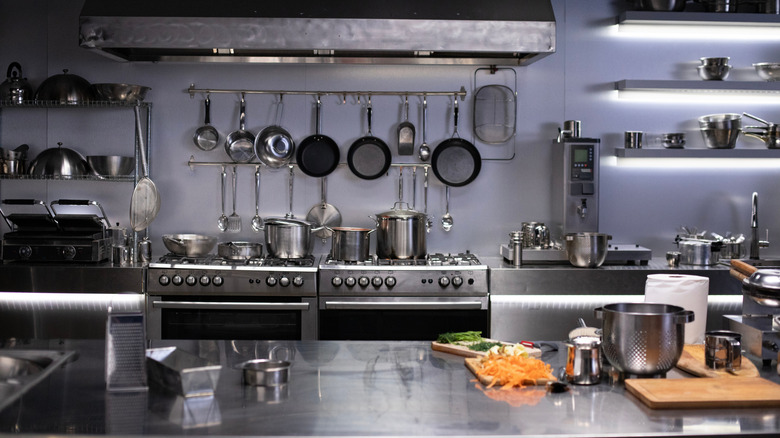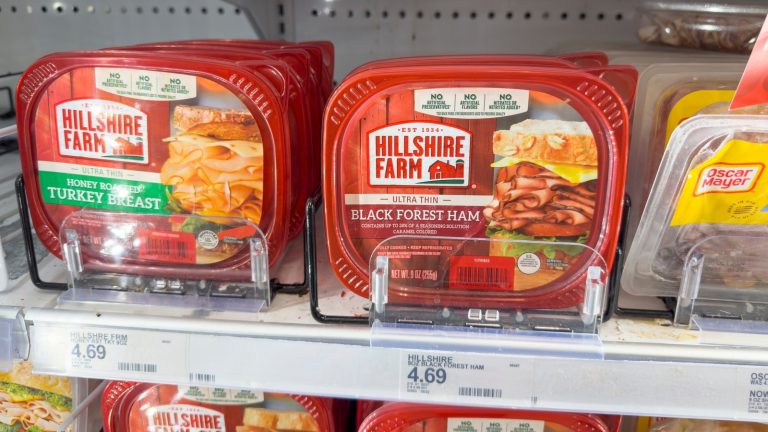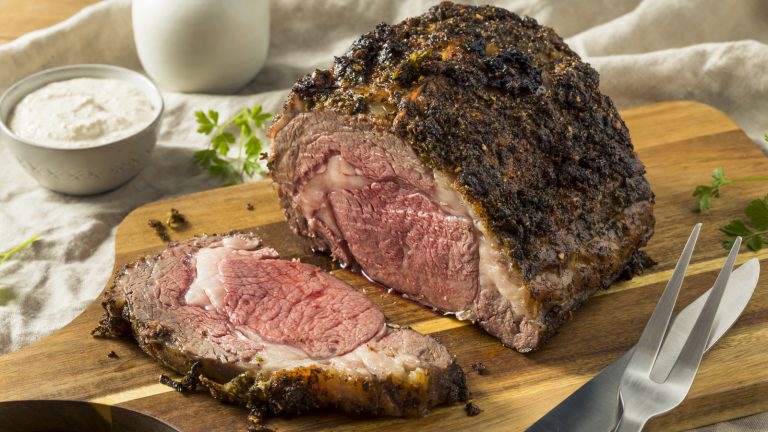Ree Drummond’s rural Oklahoma-inspired advice has made her a great source for practical kitchen tips. Her blog, television program, and cookbooks are a great mix of not just recipes but also well-thought-out design ideas and home-improvement tips. So, when Drummond went about renovating her own kitchen in 2002, she approached it with the kind of practical perspective that most people should. Kitchen work surfaces need to be some of the hardiest in your home, considering they are regularly subject to hot utensils, scrapes, dents, and food spills. Therefore, redecorate your kitchen with functionality in mind, paying special attention to permanent materials that cover large surfaces.
From the myriad options available, Drummond decided to make her kitchen island work surface out of stainless steel. While common in professional kitchens, the cold metal look is a bold choice in a warm household kitchen. The result, however, is not just aesthetically pleasing because it is surrounded by wood, but also checks the most important boxes of what an ideal kitchen counter needs. Hardy, non-porous (so it’s easy to clean), and easier on the pocket than granite and marble, stainless steel also has the invaluable property, according to Drummond, of looking prettier the more scratched it gets.
If a kitchen island is too big a project, stainless steel can also be clad on a chef’s table, which is not just cheaper but is also the kitchen island alternative begging for a trendy comeback. As Drummond pointed out in her Pioneer Woman countertop comparison, stainless steel is one of the best materials to have in the kitchen in so many more places than simply the backsplash.
Stainless steel is a kitchen champion
Stainless steel is a great kitchen material for both surfaces and appliances, small and large. It makes work surfaces perfect for prepping, and your stainless steel skillet can easily be turned into a nonstick pan by simply getting it extra hot. Furthermore, all these qualities don’t even come at a premium. As Ree Drummond revealed in her counter comparison piece, the cost of her stainless steel kitchen island was in the hundreds of dollars, while a granite version would have a price sticker that ran into thousands.
The only aspect to keep in mind when opting for stainless steel is to get one of a thicker gauge so that it doesn’t get dented easily. Thicker gauge stainless steel, represented by a lower number, is essentially thicker and stronger. While it may cost more than thinner gauge steel (denoted by higher numbers), it is still cheaper than most other counter surface options. If you’re using it on a peripheral counter instead of an island, you can simply extend the steel work surface up the wall for a backsplash.
Brushed and matte stainless steel finishes are most popular in kitchens because stains, grease, and fingerprints show up less readily on them. Drummond also got a small galvanized steel counter in her kitchen for its more functional look, but realized that it stained easily and was difficult to clean. Unlike stainless steel, it doesn’t age gracefully.






